One female researcher from Oxford University in England has played a significant role in successfully categorizing thousands of human brains to better understand how they remain preserved after many millennia.
Various experts believe that preserved organs may hold genetic information that could help scientists better understand mental illness in the modern era. So, what can we really learn about ancient brains?
Undertaker Turned Academic Pursues Passion of Brains

Alexandra Morton-Hayward once worked as an undertaker and became avidly fascinated with brains, so much so that she decided to pursue the organ academically.
“I worked for years with the dead. My own experience is that the brain is pretty quick to liquefy (postmortem),” she said, per CNN. “So it was a real shock when I came across a (scientific) paper referencing a 2,500-year-old brain.”
Categorizing Thousands of Brains
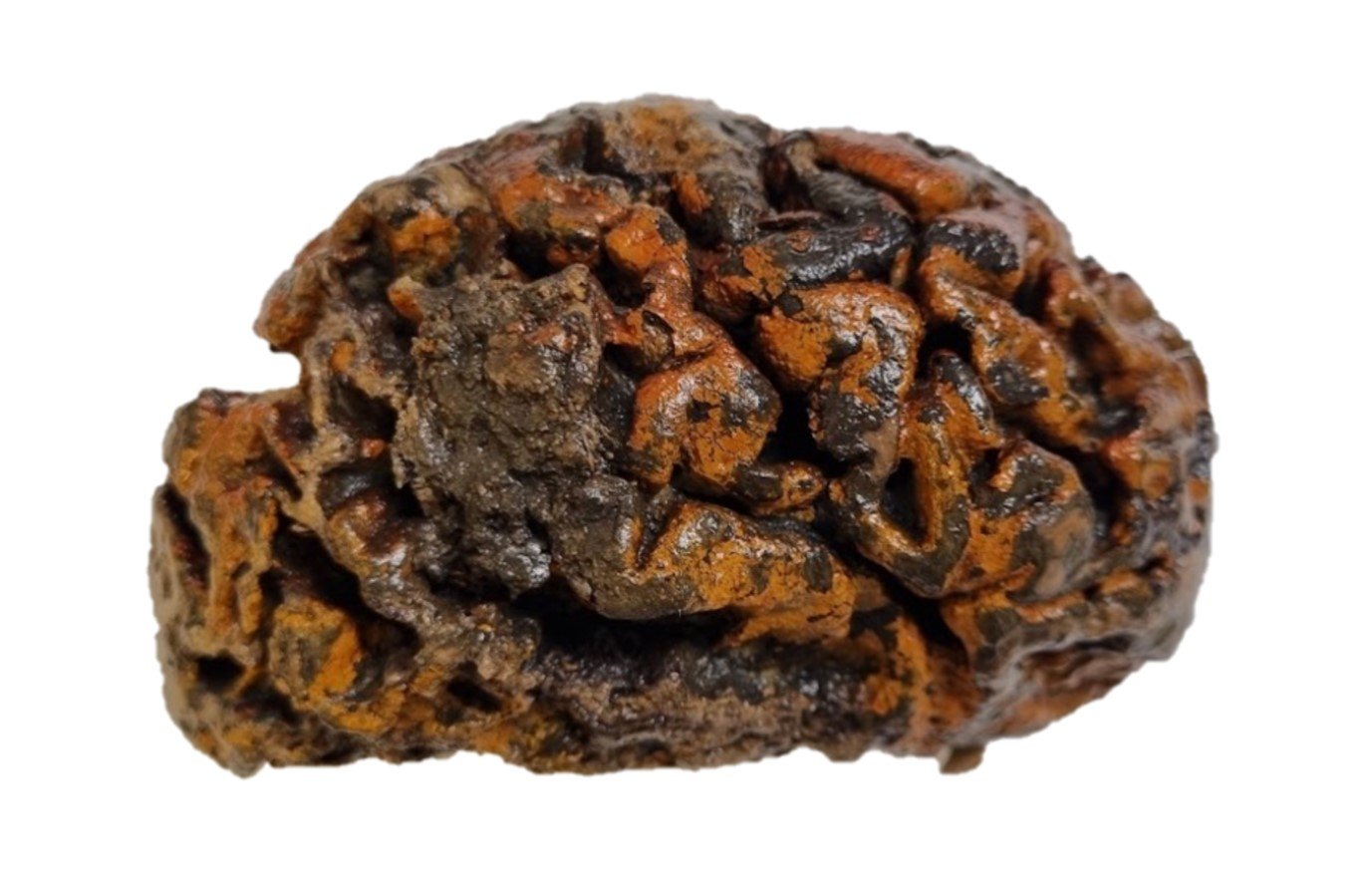
Morton-Hayward, now studying for a doctorate at the University of Oxford, produced a database with around 4,405 brains.
The preserved organs’ origins vary, with some coming from Andean mountains, others from European peat bogs, and many from desert tombs and shipwrecks.
Building the Database of Human Brains

During her time building the extensive database of brains, Morton-Hayward interviewed numerous archaeologists and historians and sourced academic material going back over three centuries.
According to her research, there were even two brains discovered in Russia that dated back over 12,000 years. However, these vanished, and researchers are uncertain of their current whereabouts.
How Were the Ancient Brains Preserved?

Morton-Hayward first became interested in brains after discovering that, under the right circumstances, they could remain intact for thousands of years without decaying.
This led her to begin working alongside her colleagues from their lab in Oxford on a paper that identified several ways brains could be preserved. They published their results in March in the Journal Proceedings of the Royal Society B Biological Sciences.
Four Ways the Brain Could Be Preserved
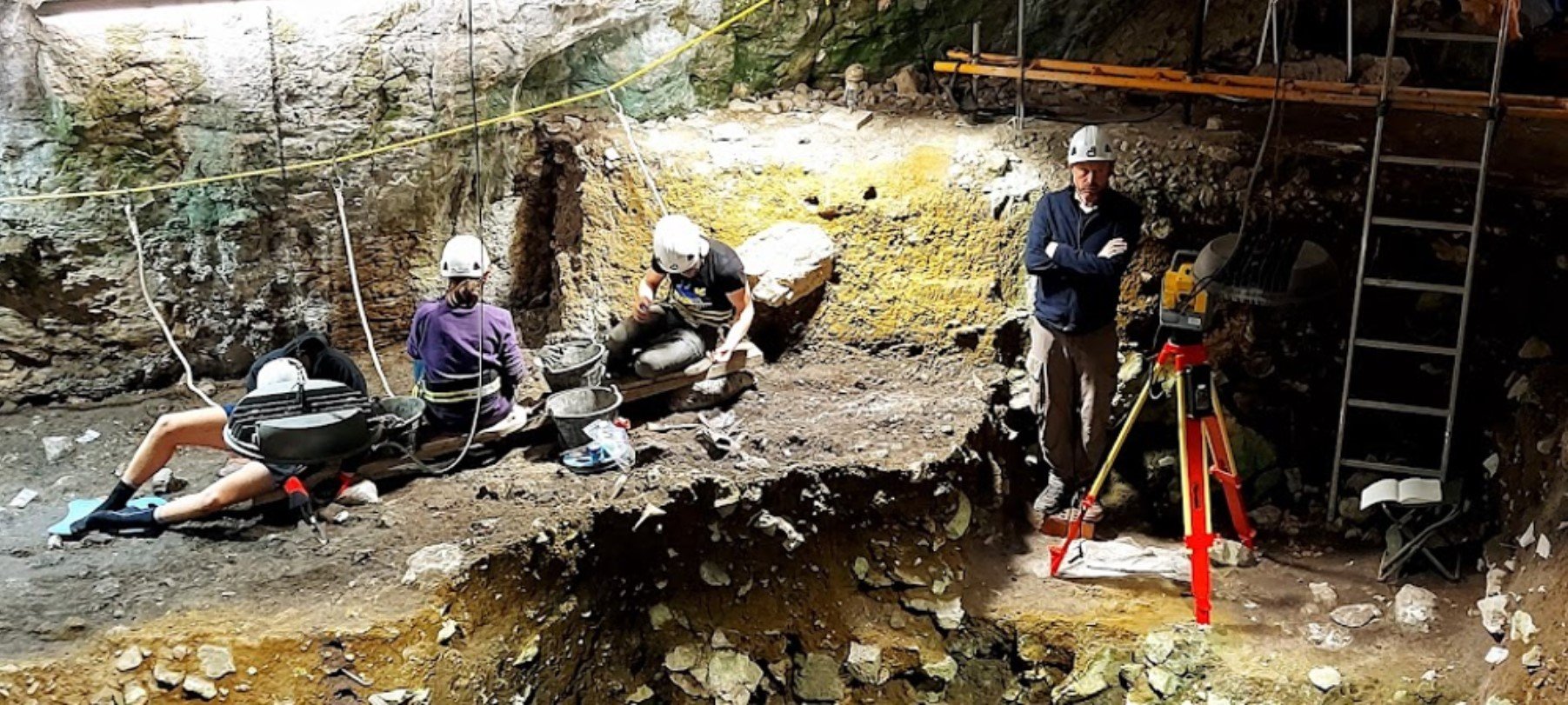
Morton-Hayward and her team discovered four primary ways the brains could be preserved. Hot conditions mimic embalming methods typically experienced with mummies. Peat bogs leave the bodies tanned like leather, and mountainous regions freeze the organs.
A fourth method saw fats in the brain turned into a wax-like material, preserving the organ. However, in over 1,300 of the preserved samples, the brains survived while other soft tissue decomposed, leaving the researchers shocked and confused.
The Unknown Method of Brain Preservation
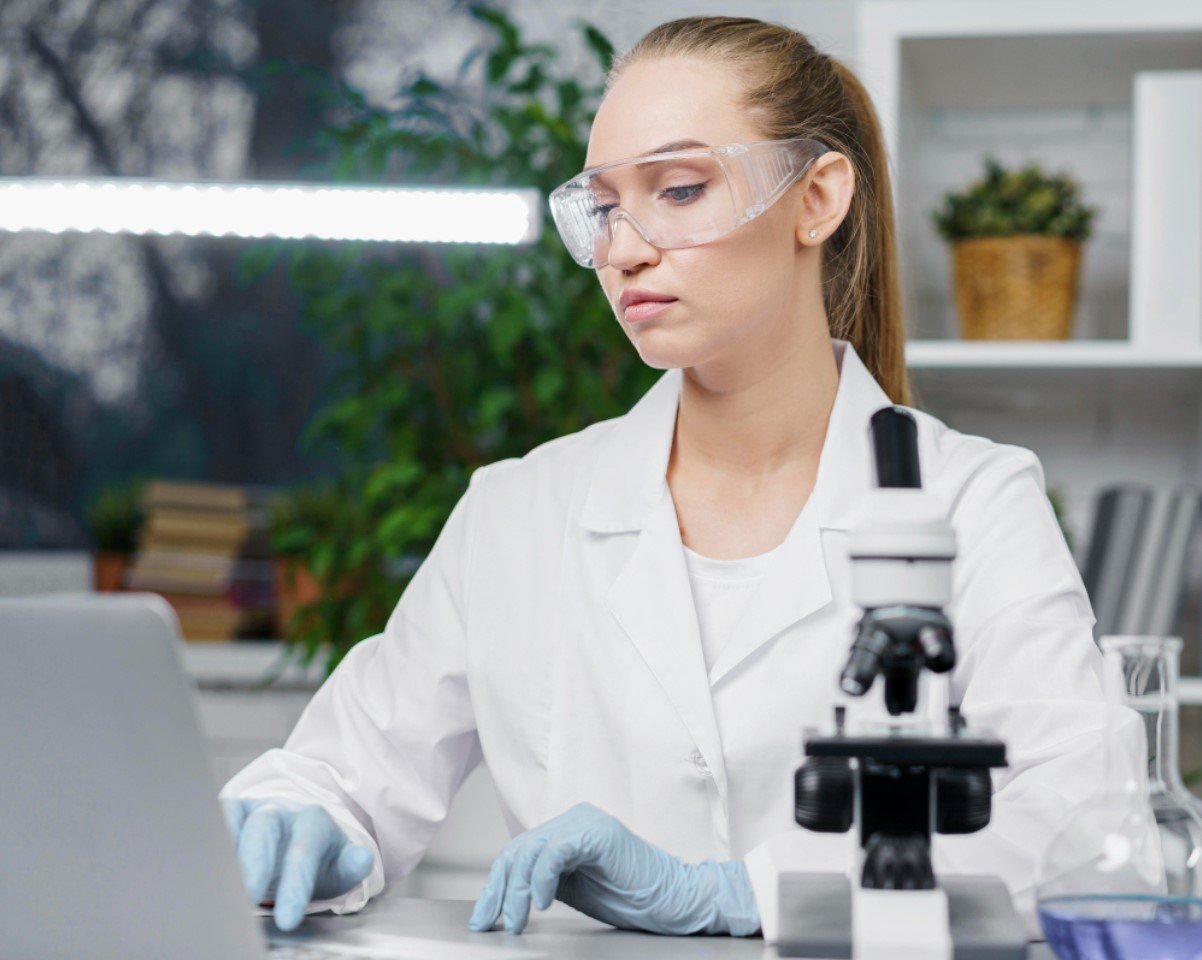
Speaking of the unknown method, Hayward hypothesized it may result from a fusing of lipids and proteins in the brain due to elements such as copper and iron.
“We have this fifth mechanism, this unknown mechanism which we hypothesize could be a form of molecular crosslinking, possibly promoted by the presence of metals like iron,” she said, per CNN.
Researchers May Gain a Better Understanding of Modern Brain Diseases

Speaking on the work completed by Morton-Hayward and her colleagues, Martin Wirenfeldt Nielsen from the South Denmark University Hospital suggested the database might help us better understand modern brain diseases and even mental illness.
“Examining tissue from brains that have not been exposed to the environment and stimuli in modern society might help us understand whether some of the brain diseases we encounter today could be at least in part caused by the way we live now,” he said.
Ancient Brains Hold Many Secrets
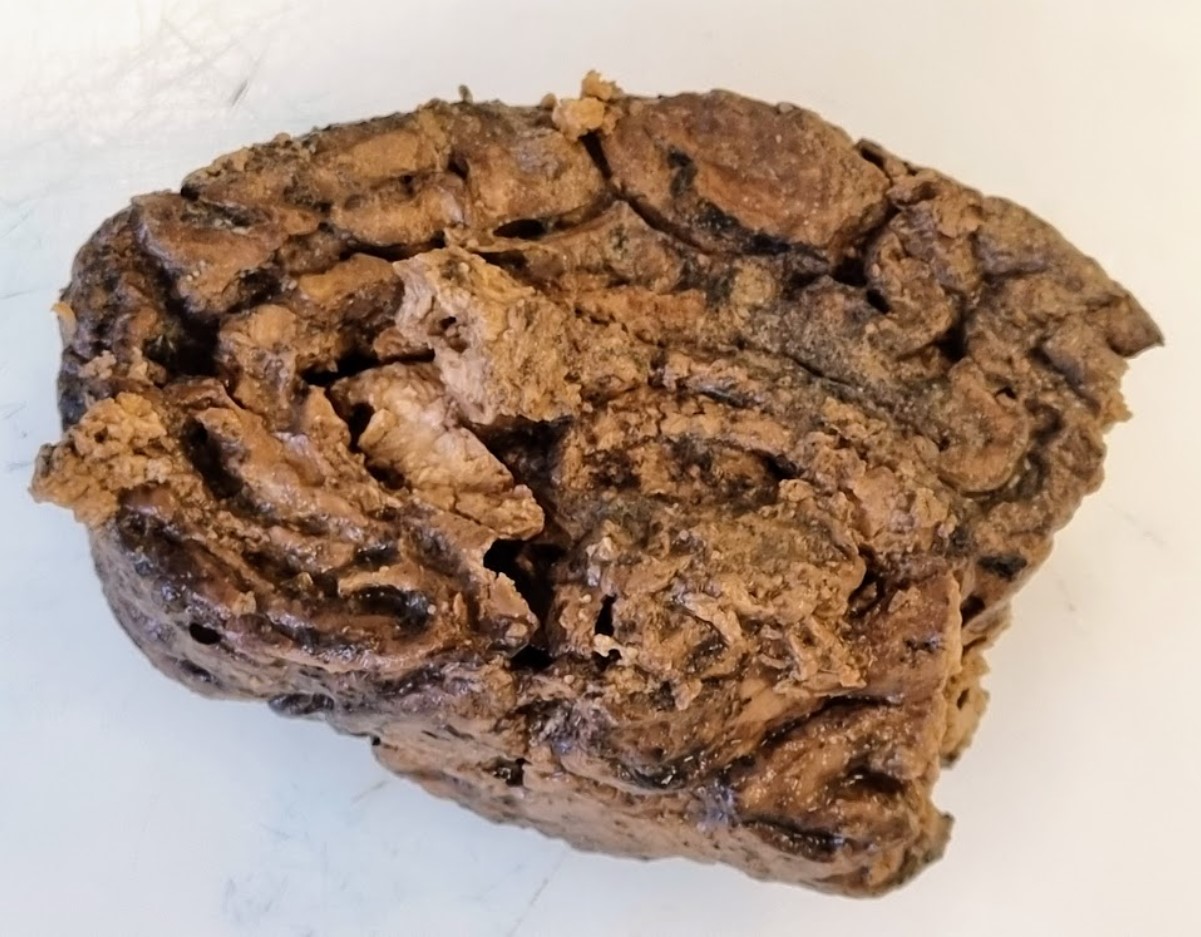
According to Morton-Hayward, the preserved brains may hold DNA and proteins, which could shed light on the lives of the people they once belonged to.
Researchers are hopeful that the genetic material pulled from the organs may hold molecular information that cannot be accessed through teeth and bones.
‘An Incredibly Complex Organ’

Morton-Hayward continued, “The brain is the most metabolically active (organ) in the human body. It’s 2% of our body weight but consumes 20% of our energy, constantly doing things. It’s an incredibly complex organ, and therefore, it has this really unusual biomolecular composition.”
“So the kind of wealth of information is just that much greater, to begin with,” she said.
Ancient DNA Preserved in Thousand-Year-Old Brains
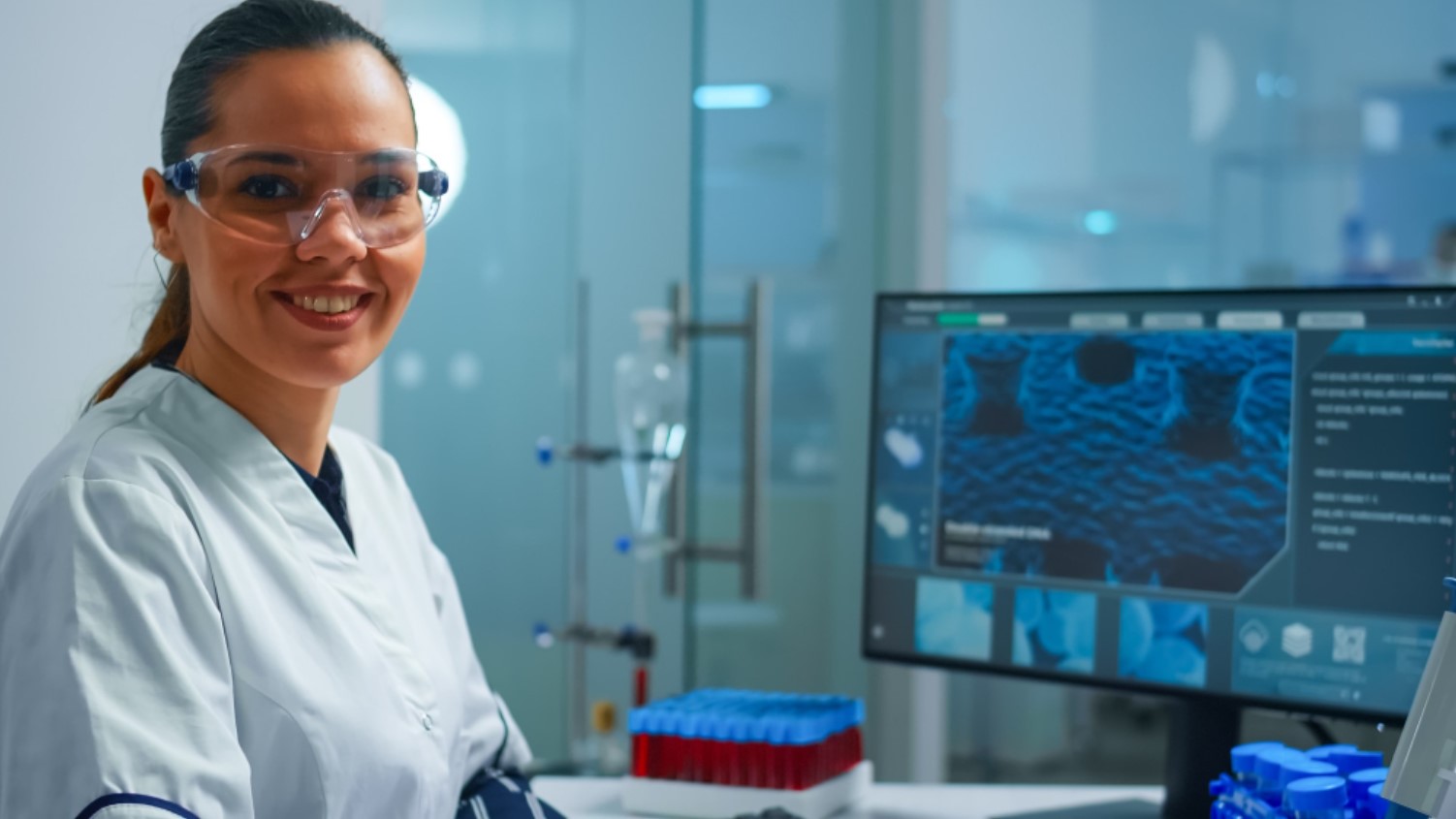
“Ancient DNA could be preserved really well within these brains because of the way in which, at least, brains of the unknown type appear to be preserving,” she added.
“They’re condensing and shrinking and driving out the water. And that’s forming this kind of closed system that could, in theory, protect high-quality, high-yield DNA.”
Oxford Researcher Pursues Passion for Studying Preserved Brains
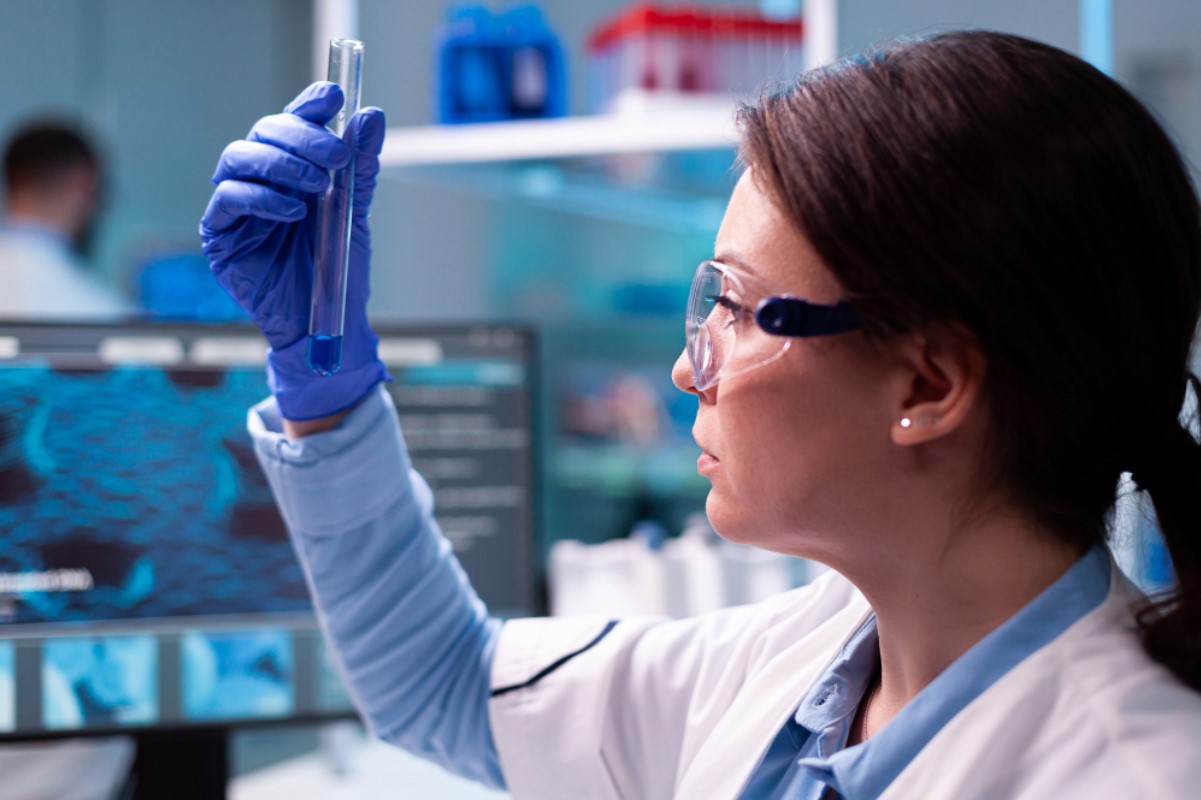
Morton-Hayward is hopeful more extensive research will begin to yield results that could help scientists better understand modern mental illnesses. While the work is challenging at times, the Oxford researcher remains gracious of the opportunity to pursue her passion.
“I’m so grateful for having that experience,” she said. “The most important thing is that you never lose sight of the fact that these samples, they are human beings.”








































